Lychee (Litchi chinensis)—a fruit wrapped in red, spiny skin with sweet, translucent pulp—is one of the most beloved tropical fruits in the world. Native to Southeast Asia, it carries a rich cultural heritage, especially in ancient China and India, where it has been cultivated for thousands of years. Beyond its unique appearance and flavor, lychee is rich in vitamins, antioxidants, and water content, making it a highly sought-after summer fruit.
As global interest in exotic fruits continues to rise, the demand for lychee has expanded far beyond Asia into Europe, the Americas, and Australia. But the question remains: Which country is the largest lychee producer globally? The answer is clear and undisputed—China.
This article will explore the global lychee industry in detail, including China’s production dominance, contributions from other key producers like India, Vietnam, and Thailand, and the economic, agricultural, and export dynamics of this juicy and fragrant fruit.
Introduction to Lychee: A Fruit with Ancient Roots
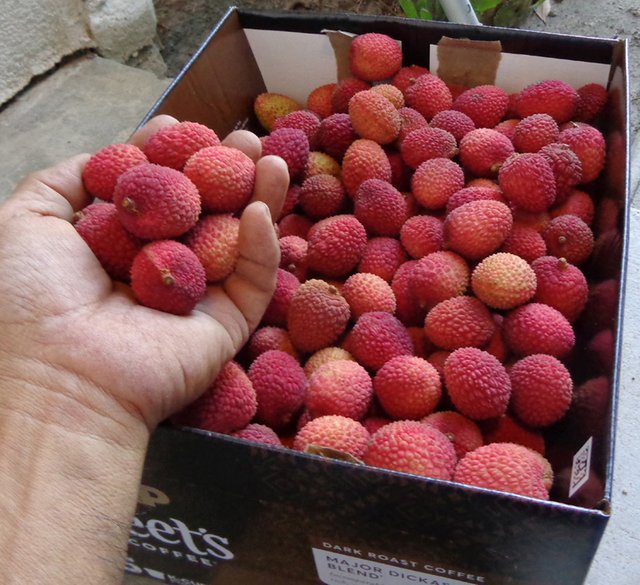
Lychee is a subtropical evergreen fruit tree native to southern China. It belongs to the soapberry family (Sapindaceae) and thrives in warm, frost-free climates with well-drained soil and seasonal rainfall. The fruit itself is typically 1 to 2 inches in diameter, with a red, bumpy rind that covers a juicy white pulp and a single large seed.
Cultivated for over 2,000 years, lychee was once considered a royal delicacy in imperial China. Its popularity has since grown globally due to its:
- High content of vitamin C
- Rich antioxidant profile
- Use in juices, desserts, jams, and cocktails
Lychee is a seasonal fruit, available primarily during late spring to summer, with the harvest window varying slightly across countries depending on their climate.
China: The Undisputed Global Leader in Lychee Production
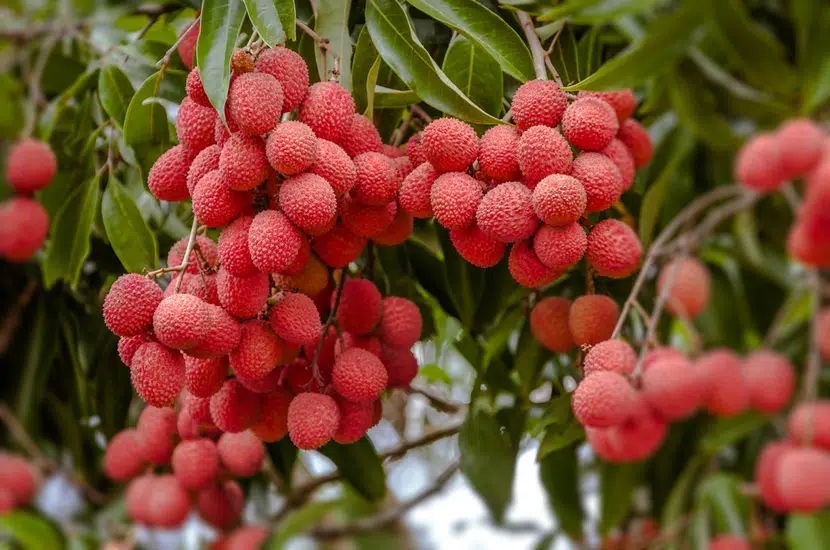
1. Production Statistics
China is the world’s largest lychee producer, contributing over 65% of global lychee production. As of recent agricultural data, China produces approximately 2 to 2.5 million metric tons of lychee per year—more than all other countries combined.
The key lychee-producing provinces in China include:
- Guangdong – The top producer, known for early-maturing varieties.
- Guangxi
- Fujian
- Hainan
- Sichuan and Yunnan (in smaller quantities)
These southern provinces provide the ideal subtropical conditions for lychee cultivation—mild winters, abundant rainfall, and fertile soil.
2. Lychee Varieties in China
China is home to more than 100 named varieties of lychee. Some of the most commercially significant include:
- Feizixiao (Concubine’s Smile) – Juicy and fragrant.
- Nuomici (Glutinous Rice Lychee) – Small seed, sweet pulp.
- Huaizhi – Thick flesh with excellent shelf life.
- Guiwei – A premium export variety.
These cultivars differ in taste, seed size, color, and harvest timing, allowing for a staggered harvest season from May to July.
3. Market and Export Trends
China consumes the majority of its lychee production domestically. However, exports are increasing, especially of varieties with better post-harvest longevity. Key export destinations include:
- Hong Kong
- Singapore
- Malaysia
- Canada
- United States
- Middle Eastern countries
Advances in cold chain logistics, packaging, and transportation have made Chinese lychees more accessible to global markets, though the fruit’s short shelf life still poses challenges.
India: The Second Largest Lychee Producer
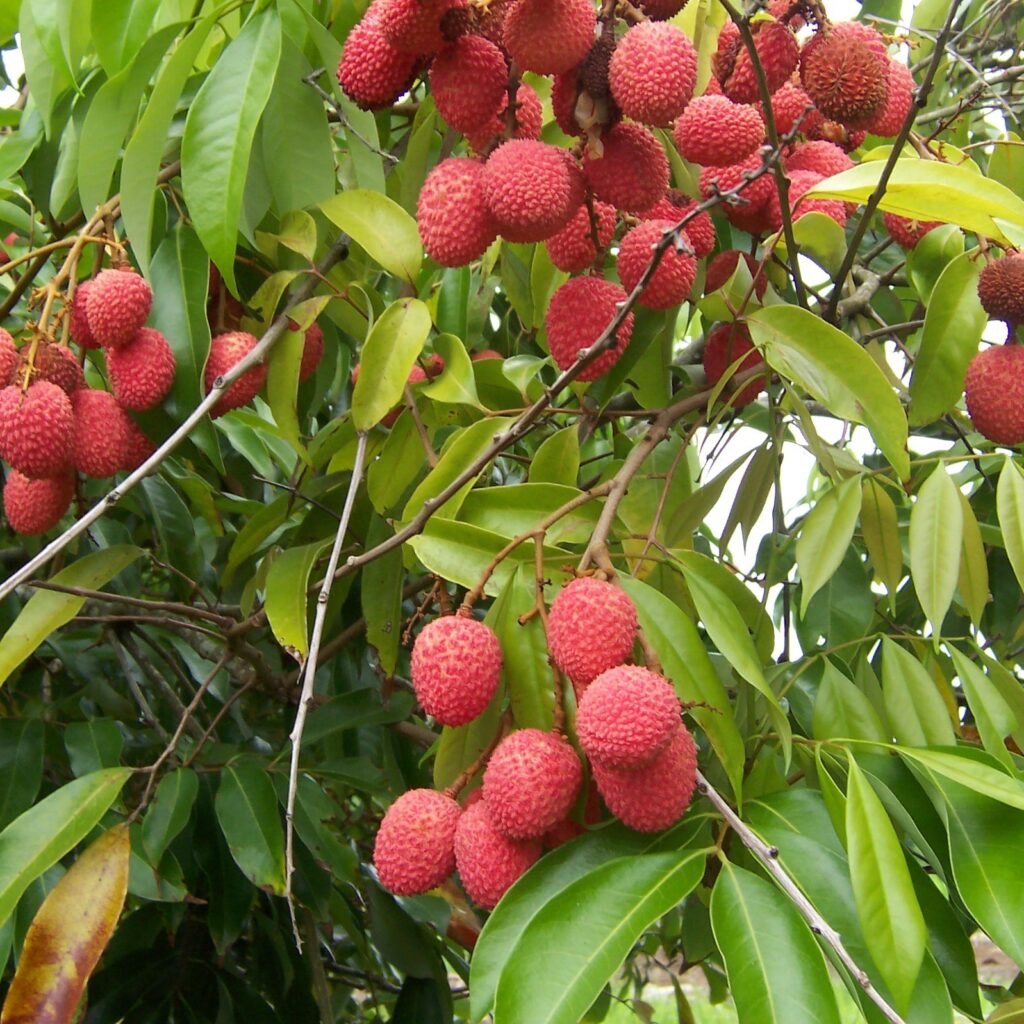
1. Regions and Output
India is the second-largest lychee producer globally, with an annual output of around 700,000 to 800,000 metric tons. Lychee is primarily grown in the eastern and northern states, with Bihar contributing over 70% of the national production.
Key lychee-growing states in India:
- Bihar (Muzaffarpur is famously known as the Lychee Capital of India)
- Uttar Pradesh
- West Bengal
- Assam
- Tripura
- Jharkhand
2. Indian Lychee Varieties
India cultivates several popular lychee varieties, including:
- Shahi – Known for its sweetness and aroma.
- China – Early maturing and large-sized.
- Bombai
- Rose Scented
- Bedana – Seedless or with a very small seed.
The Shahi Lychee from Muzaffarpur has even earned a Geographical Indication (GI) tag, a testament to its regional uniqueness and quality.
3. Domestic and Export Market
Lychee in India is mostly consumed fresh within the country. However, export volumes are growing, especially to:
- Nepal
- Bangladesh
- United Arab Emirates
- Saudi Arabia
- United Kingdom
India faces constraints like short shelf life, lack of cold storage infrastructure, and minimal lychee processing units. However, initiatives by the National Horticulture Board and private sector investments are working to overcome these challenges.
Vietnam: A Rising Lychee Export Power
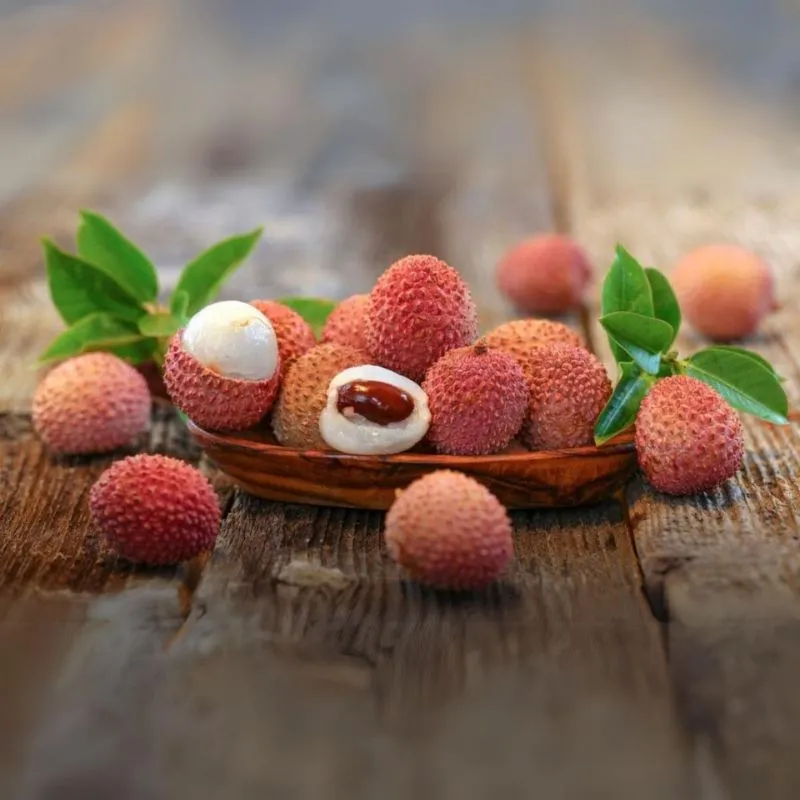
1. Production Areas
Vietnam produces approximately 200,000 to 250,000 metric tons of lychee annually, making it one of the top five producers globally. The main lychee-growing regions are:
- Bac Giang Province – Known for the Luc Ngan lychee.
- Hai Duong Province – Famous for Thanh Ha lychee.
Vietnam’s lychee season runs from May to early July, aligning well with international market demand.
2. Focus on Export and Quality
Vietnam has been investing heavily in GAP (Good Agricultural Practices) and organic farming, allowing it to export to premium markets such as:
- Japan
- Australia
- European Union
- China
Vietnam’s exports have seen a steady rise due to strong government support, trade agreements, and quarantine-compliant supply chains.
Thailand and Other Global Producers
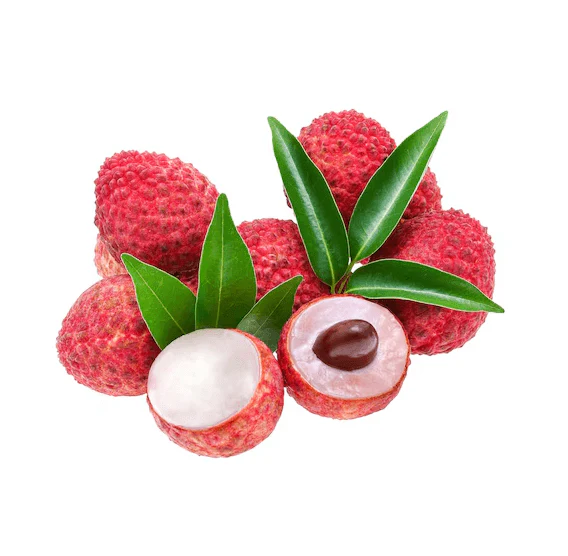
1. Thailand
Thailand produces around 100,000 to 150,000 metric tons of lychee annually, mainly in the northern provinces like Chiang Mai and Chiang Rai. Thai lychee is known for its:
- Distinctive fragrance
- Balanced sweetness
- Moderate shelf life
Though most of the produce is consumed domestically, Thailand does export lychee—fresh, canned, or dried—especially to Hong Kong, Malaysia, and Singapore.
2. South Africa, Australia, and Madagascar
Outside Asia, countries like South Africa, Australia, Israel, and Madagascar have niche lychee industries that cater primarily to local markets and small-scale exports.
These countries offer off-season lychee harvests (November to January), which helps fill global market gaps when Asian countries are out of season.
Why China Dominates the Lychee Industry
1. Climate and Geography
China’s southern provinces offer the perfect combination of warm temperatures, high humidity, and well-drained soils, enabling large-scale lychee farming across various terrains.
2. Research and Development
China has invested significantly in:
- Hybrid cultivar development
- Post-harvest technology
- Pest and disease resistance
- Export-quality packaging
3. Government Support
The Chinese government promotes lychee as a high-value fruit crop through subsidies, quality control regulations, and marketing efforts—both domestically and abroad.
Challenges in Global Lychee Trade
Despite increasing global popularity, the lychee industry faces several challenges:
- Short shelf life (only 7–10 days for fresh lychee)
- Post-harvest perishing and browning of skin
- Transport limitations, especially for fresh produce
- Limited processing infrastructure
- Climatic vulnerabilities, as flowering and fruit set are sensitive to temperature fluctuations
To overcome these barriers, innovations in modified atmosphere packaging (MAP), cold chain logistics, and lyophilization (freeze-drying) are being explored.
The Future of Lychee Production and Trade
As the demand for healthy, exotic fruits rises worldwide, the lychee industry is poised for robust growth. Countries like China, India, and Vietnam are scaling up infrastructure, encouraging public-private partnerships, and investing in value-added lychee products like:
- Lychee juice and concentrates
- Canned lychee in syrup
- Lychee-based cosmetics and beverages
- Dried and frozen lychee
There’s also growing potential for lychee wine and spirits, especially in premium export markets.
Conclusion
To answer the thesis question clearly: China is the largest lychee producer globally, followed by India and Vietnam. China’s long history of cultivation, vast varietal diversity, ideal climate, and government support have cemented its position at the top of the global lychee market.
As innovations in agriculture and global logistics improve, the lychee industry is expected to expand beyond Asia, satisfying a global appetite for this delicious, fragrant fruit. And while challenges remain, the sweet and refreshing allure of lychee continues to captivate both farmers and fruit lovers across continents.
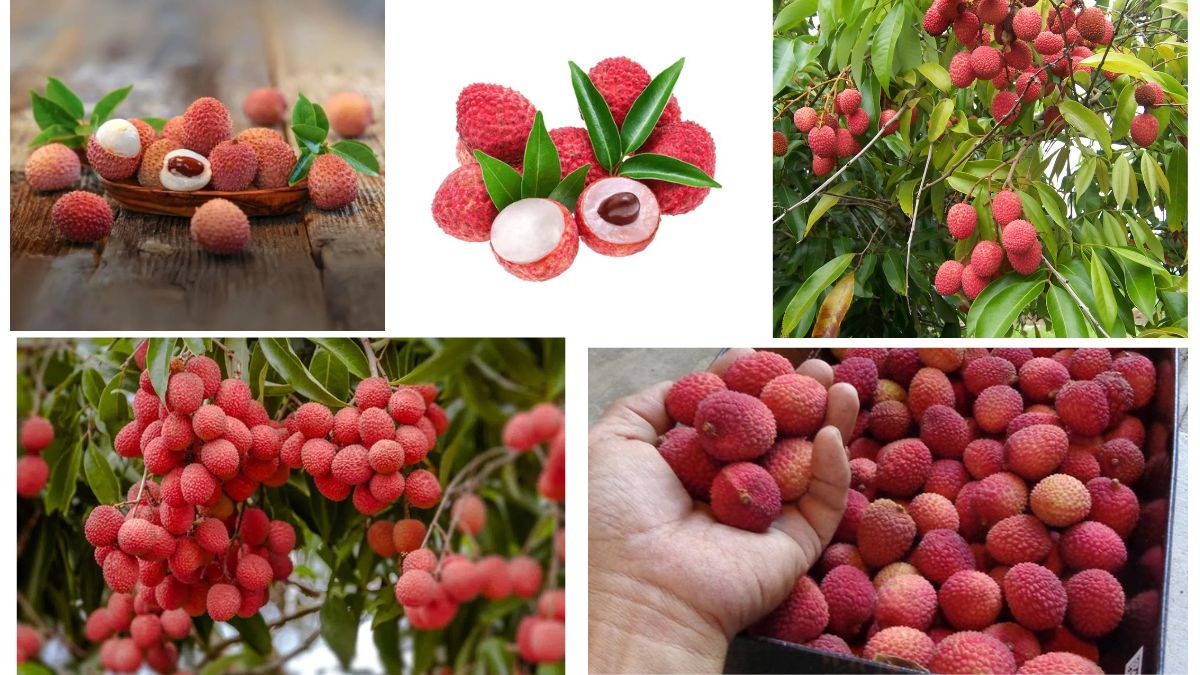

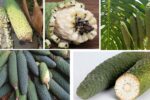

Leave A Comment